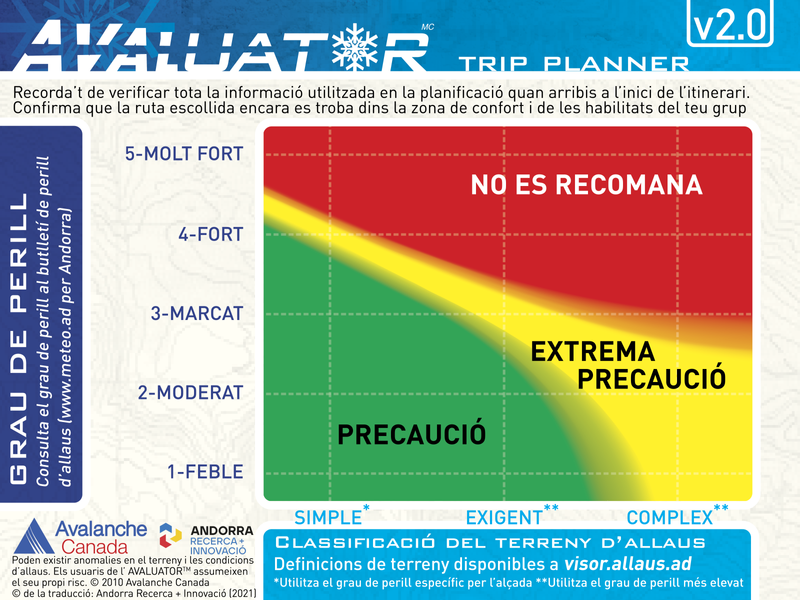Alt de la Capa
General Description
Recorregut: Ruta lineal on tindrem un lloc de restauració tant a l'inici com a l'arribada (vegeu horaris i temporada d'obertura a Vallnord)
Passarem per camins ben marcats i senyalitzats, camins amb punts de color groc i GRP (color groc i vermell).
Acostuma a haver-hi força gent pel primer tram del camí, no presenta dificultats.
Observacions: No trobarem aigua en tot el camí, haurem de fer la previsió abans de sortir.
És probable trobar força bestiar per la zona, hem d'anar amb compte de no espantar-lo.
Tota la segona part de la pujada es fa per camins per fora del bosc.
Ascens: L'inici de la ruta és al Coll de la Botella i tota la primera part es força suau i còmoda, anirem trobant cartells informatius que ens expliquen temes de l'entorn, com el camí dels Ramaders o la llegenda de Setúria. Un cop arribem a les pistes d'esquí d'Arinsal Vallnord girarem a la dreta i només ens caldrà superar l'última pujada per arribar al Pic de l'Alt de la Capa, aquesta sí que serà una mica més inclinat i exigent que el traçat fet fins aquí.
Descens: La baixada la farem seguint el mateix camí de pujada.


 Routes and points of interest
Routes and points of interest  Agenda and events
Agenda and events  Online Store
Online Store  Information of Interest
Information of Interest  contact
contact 















